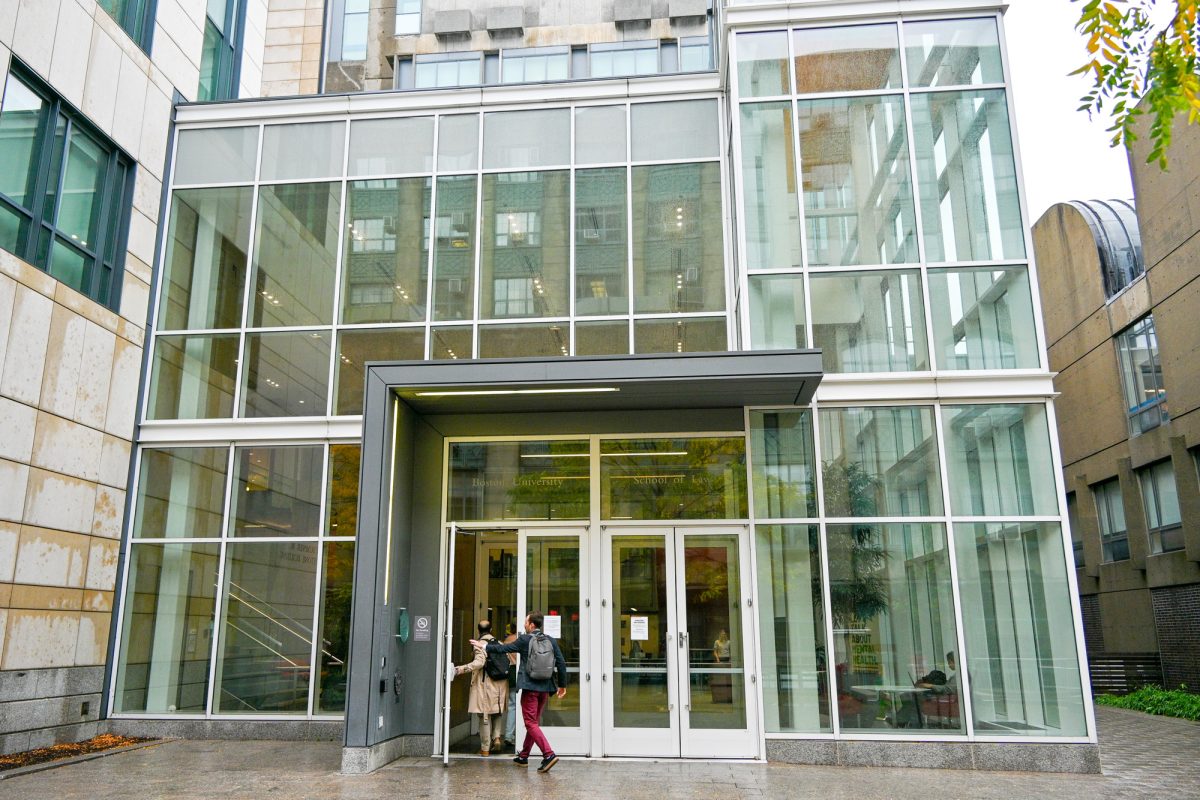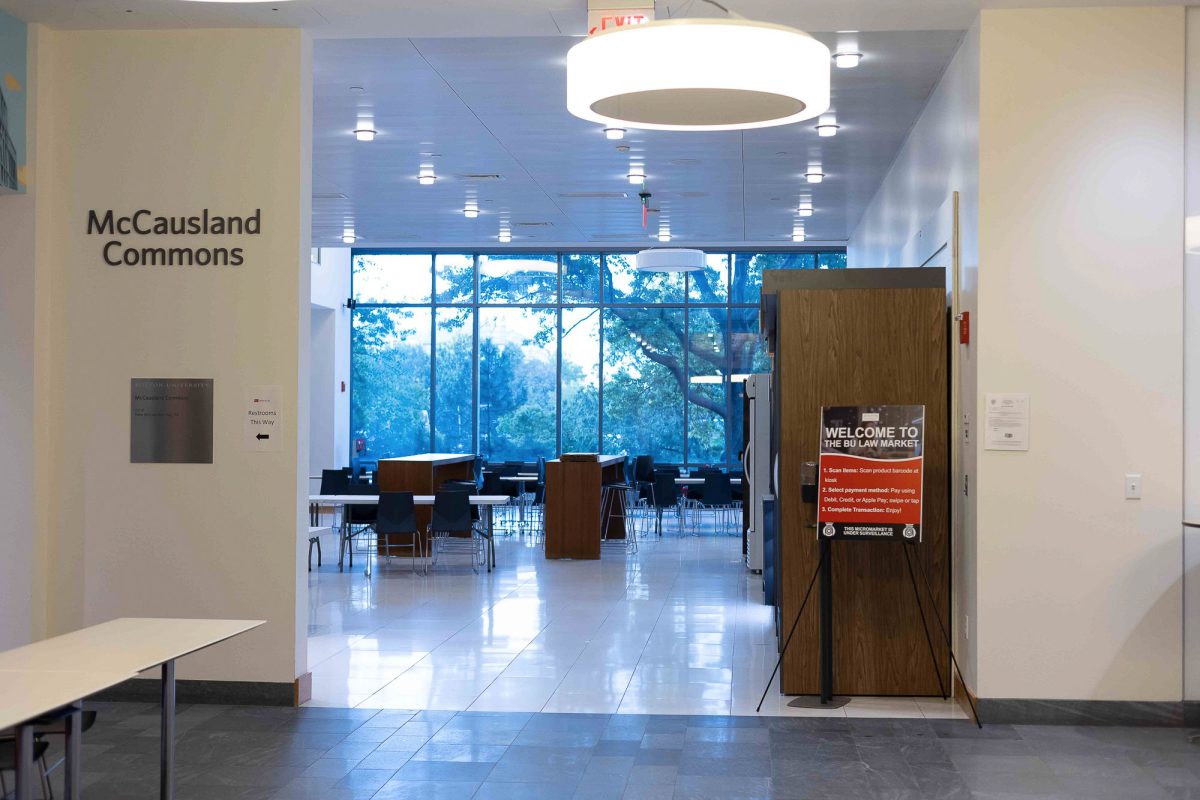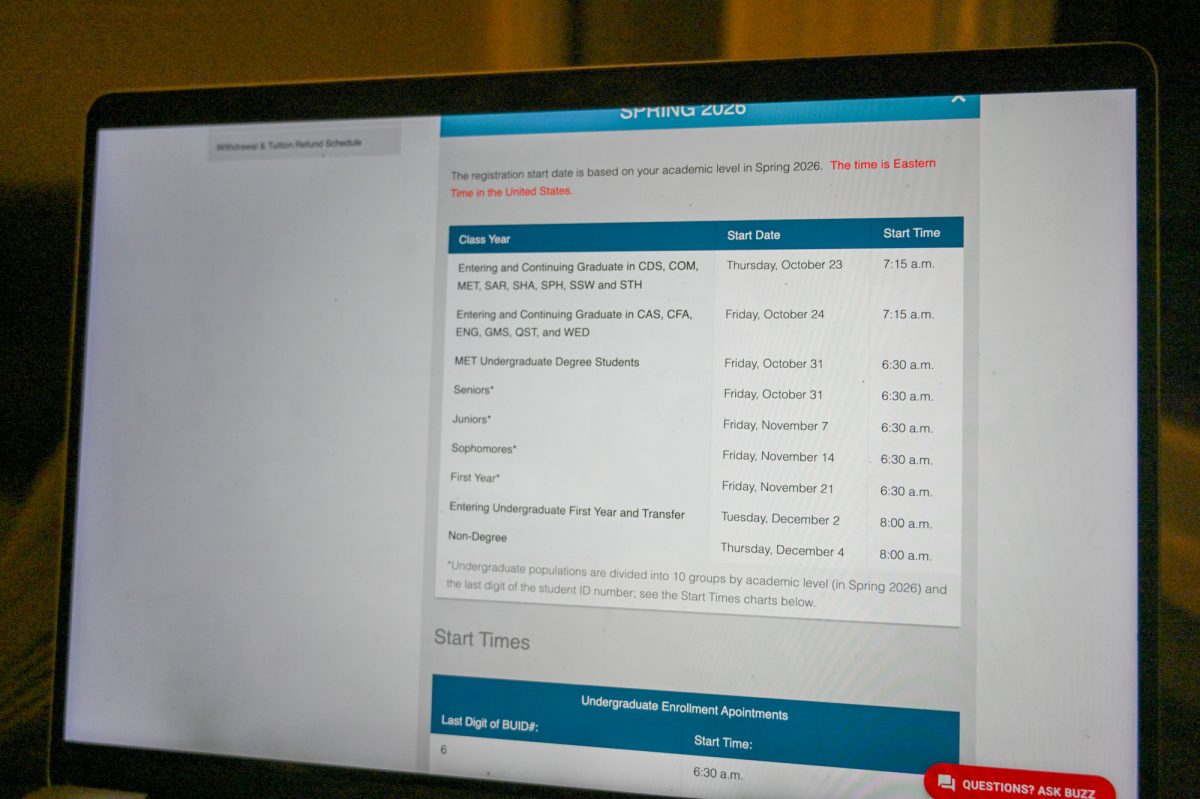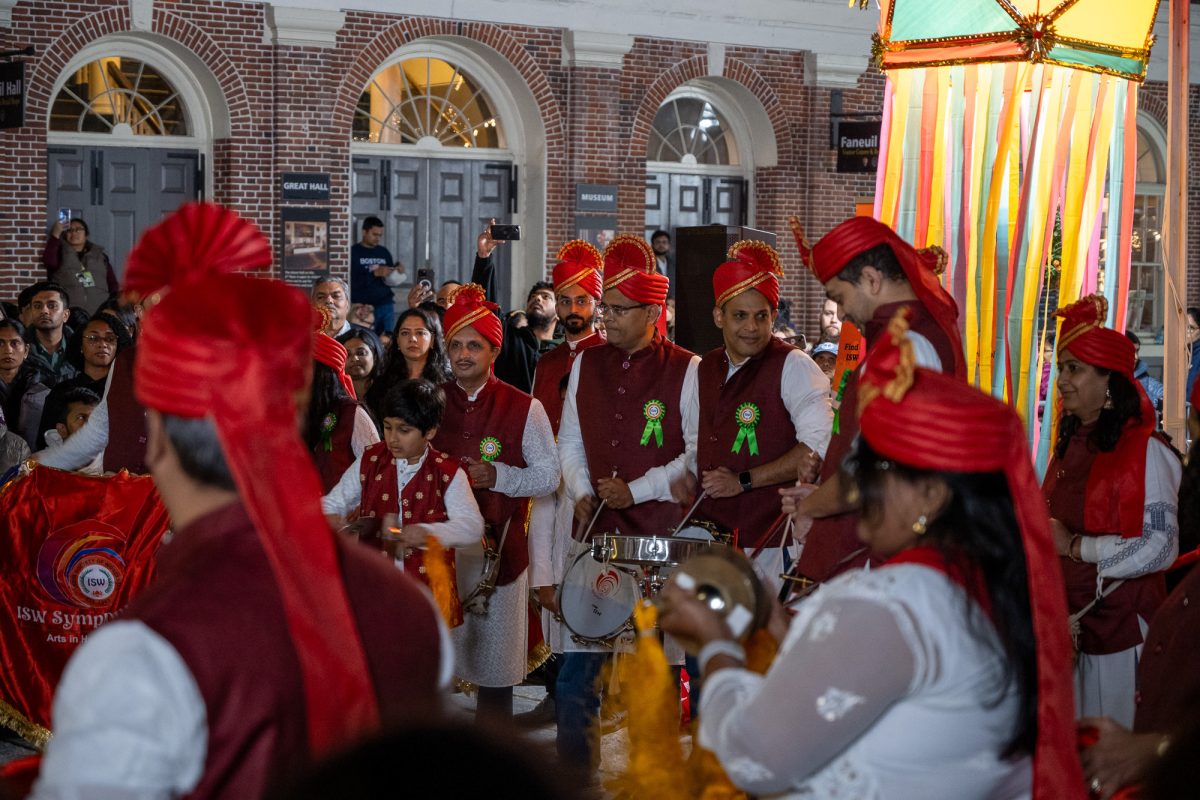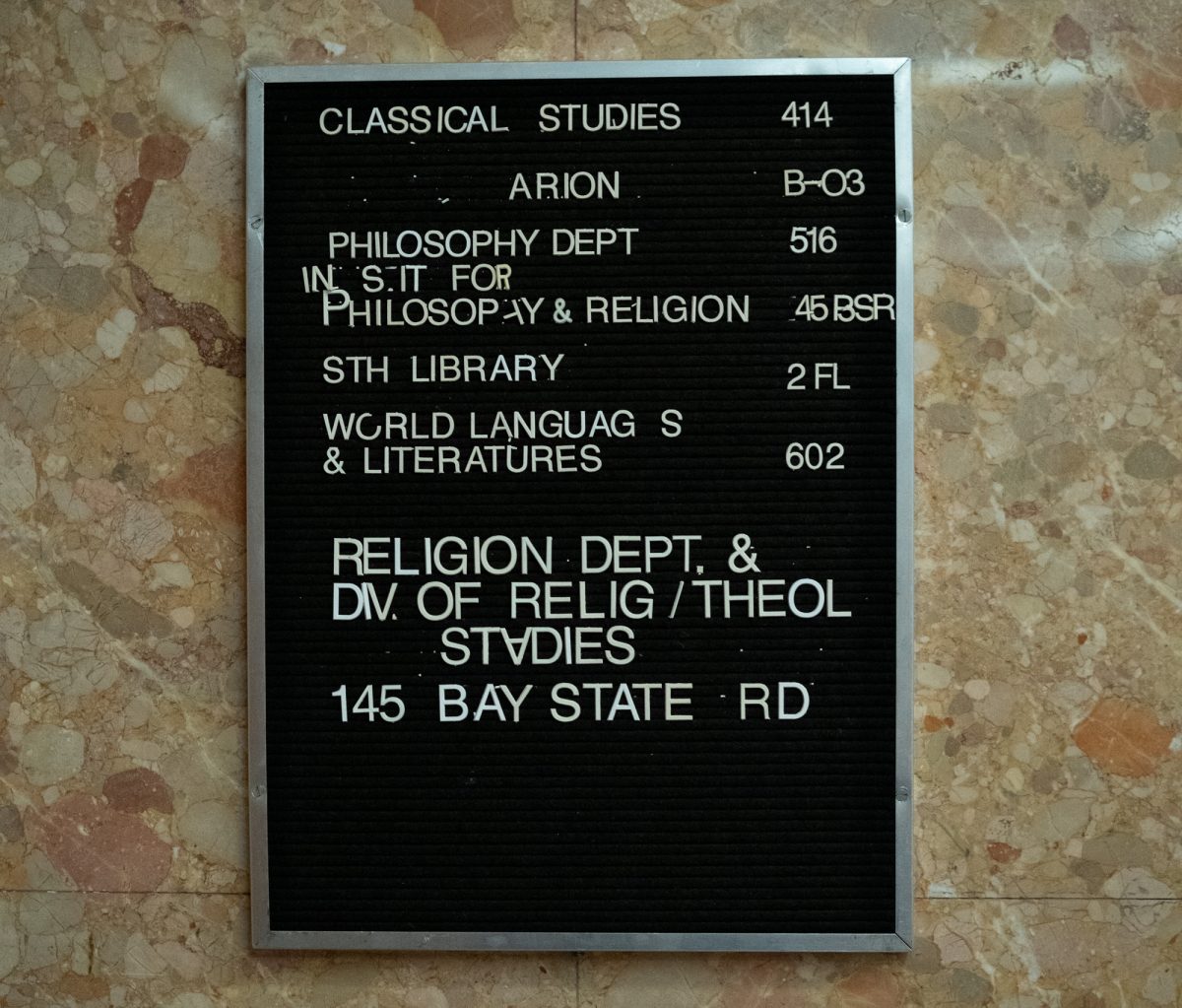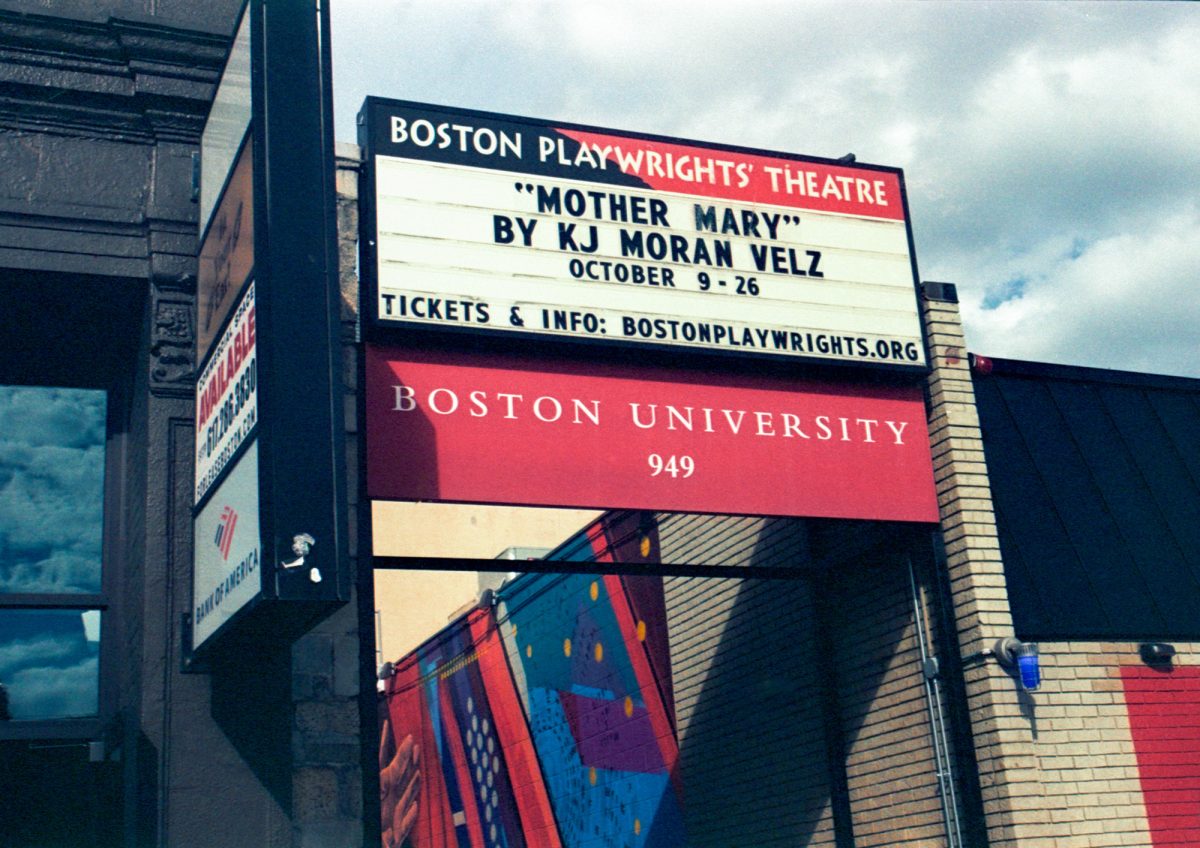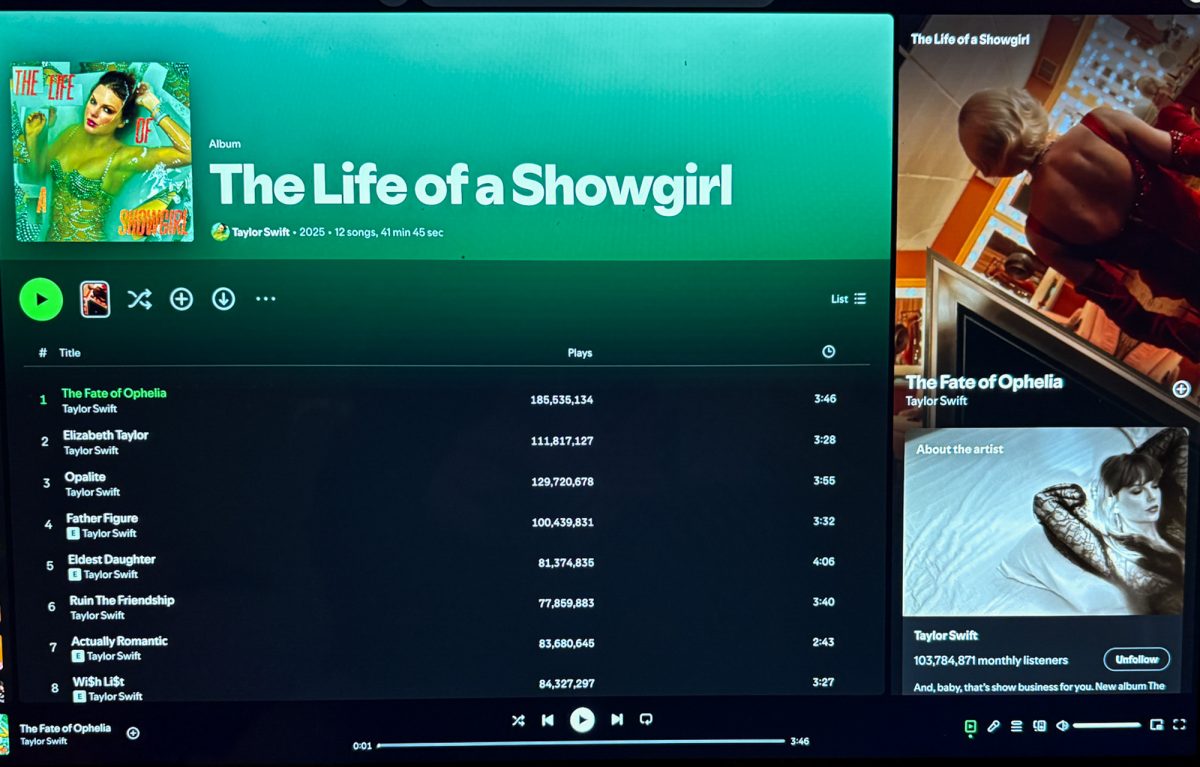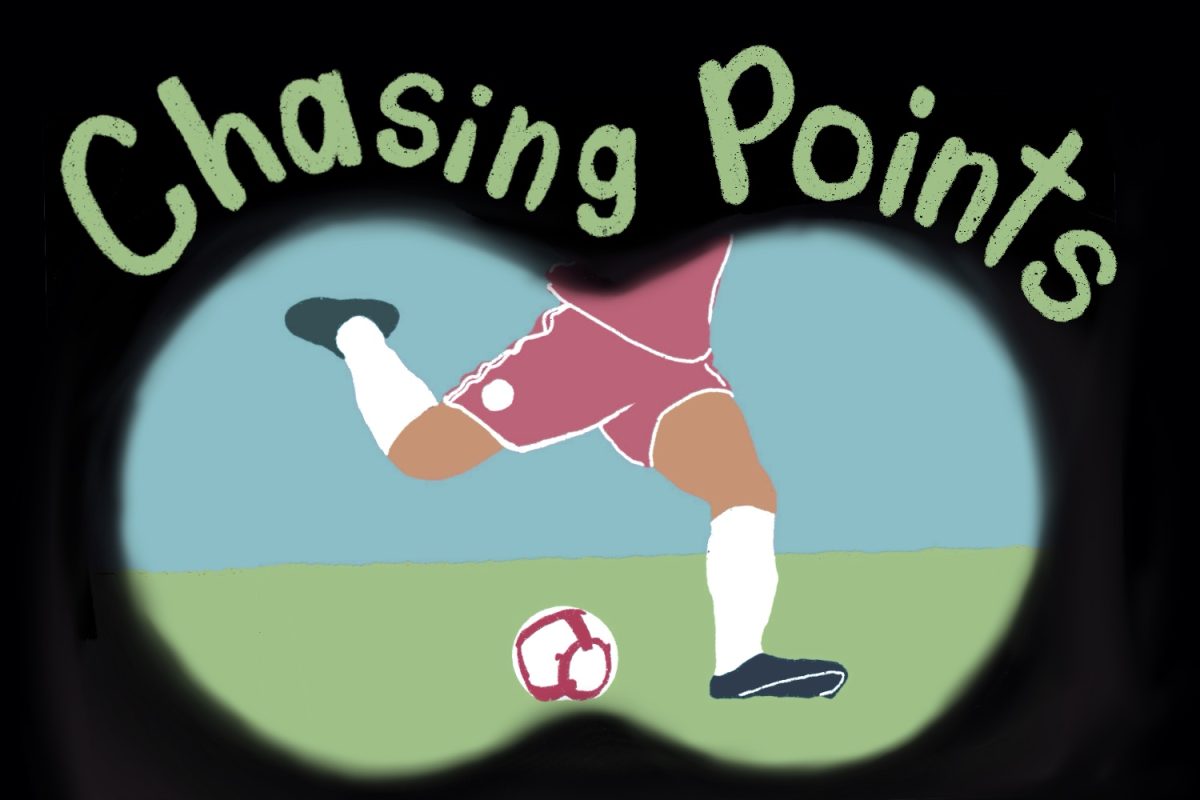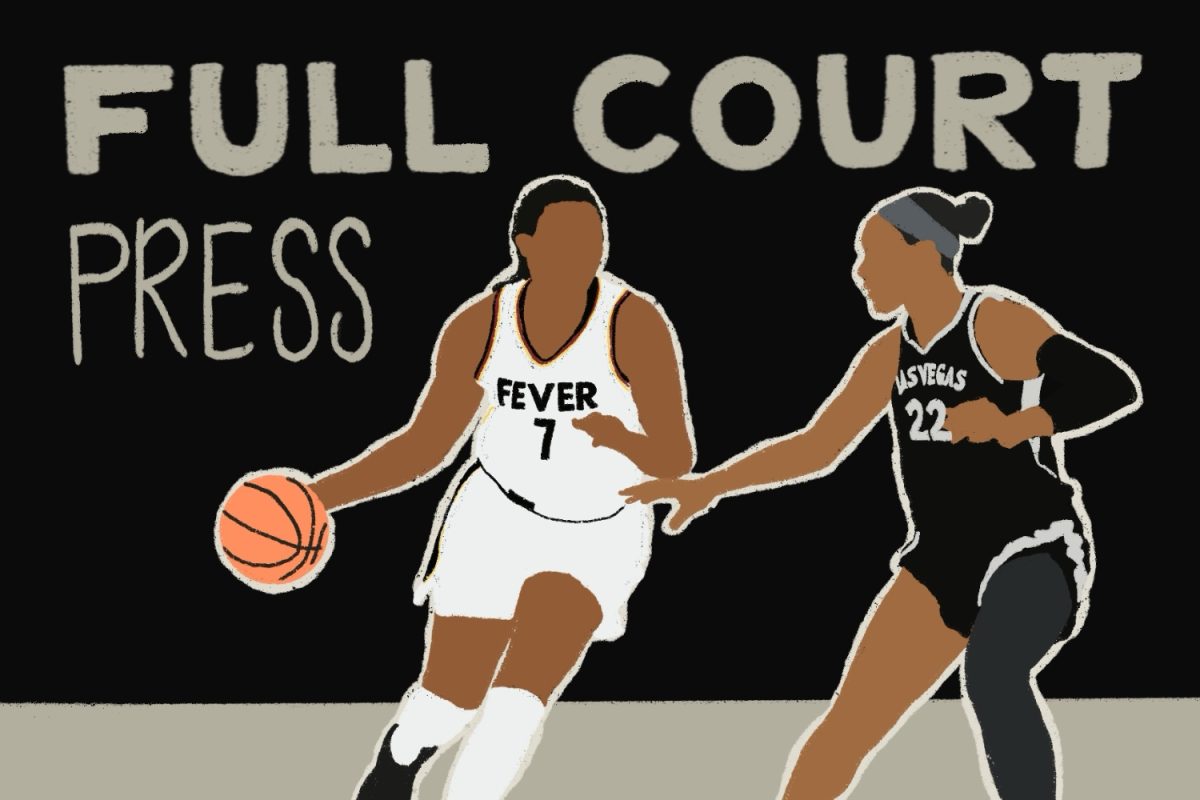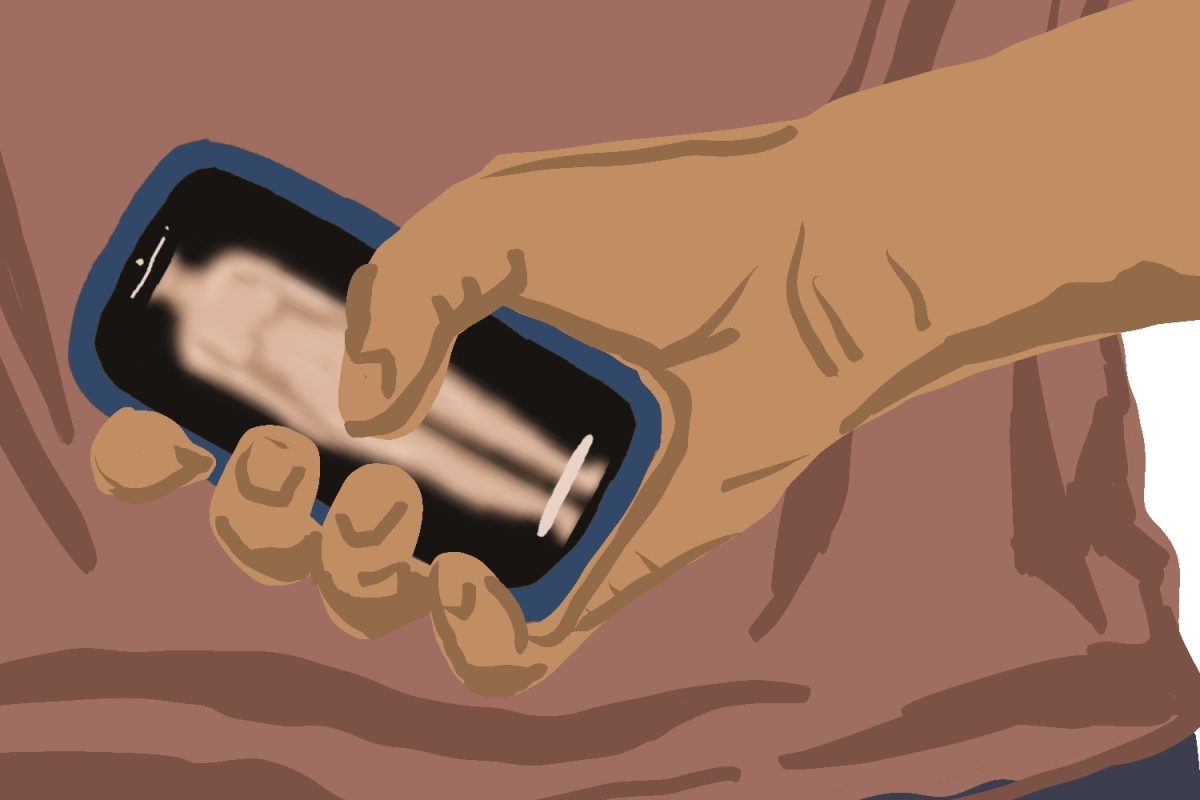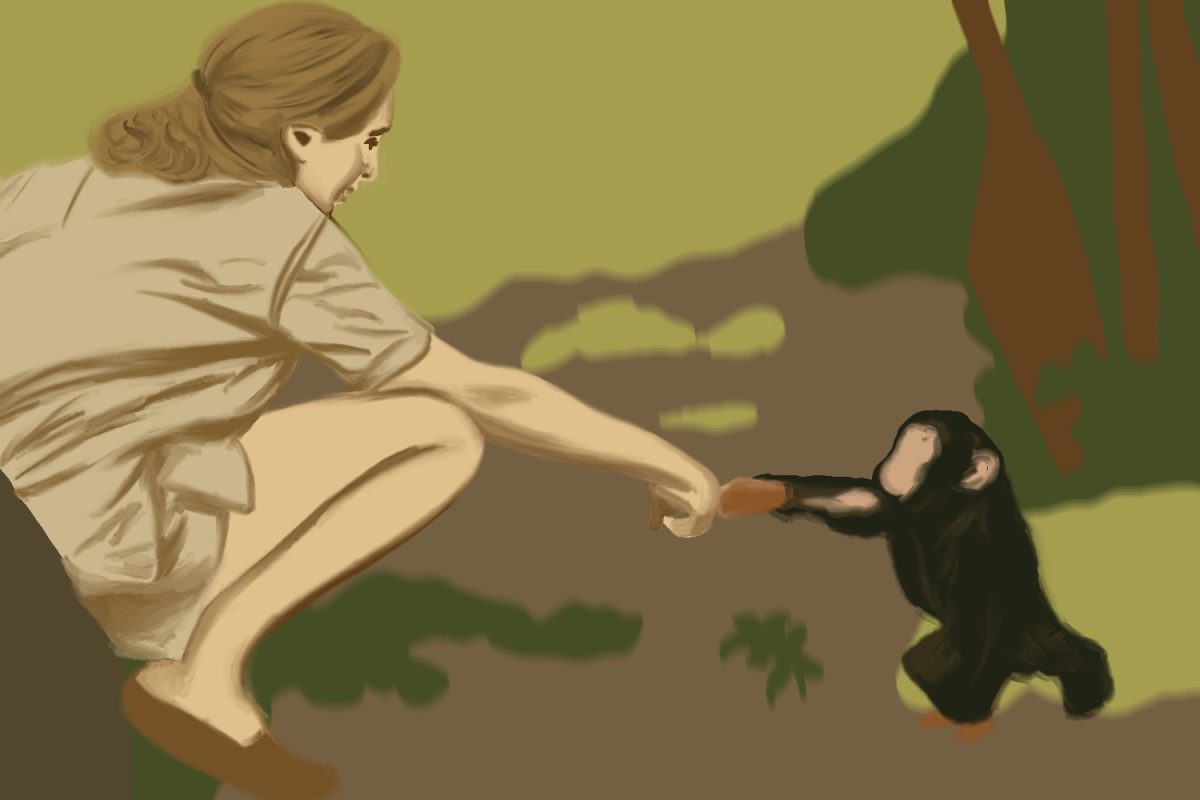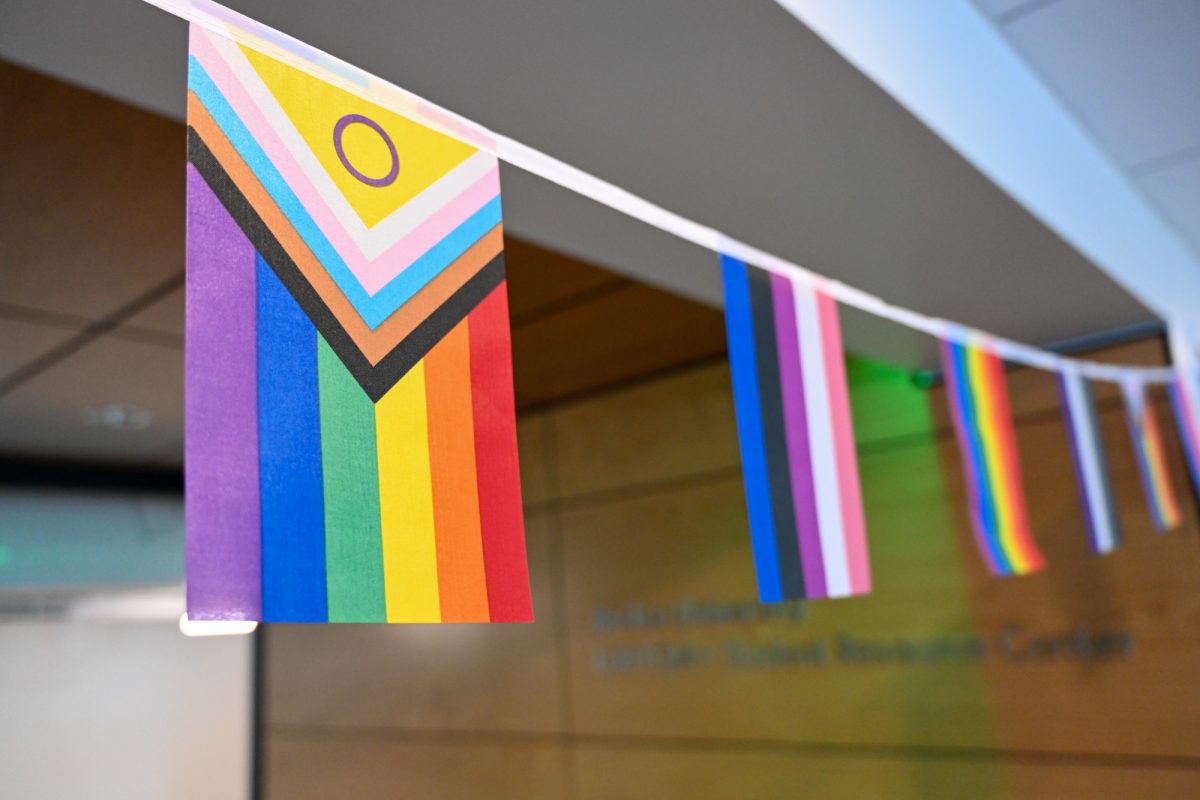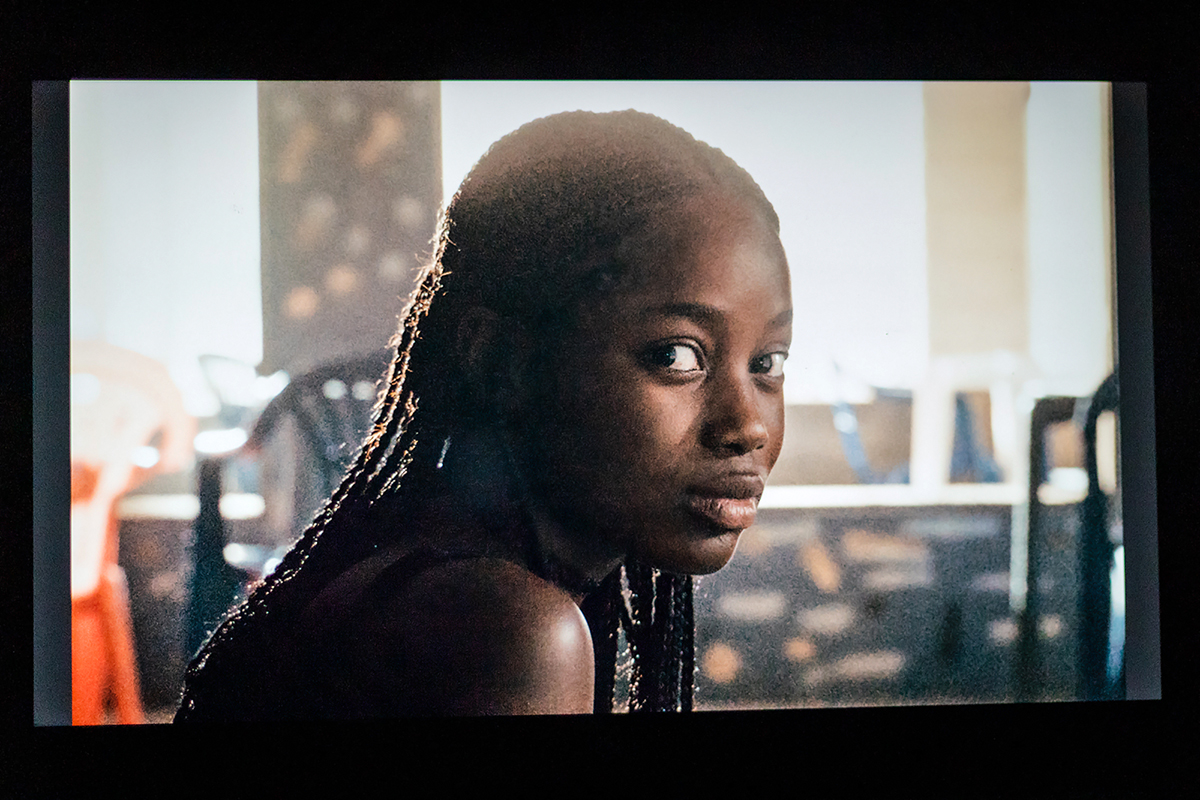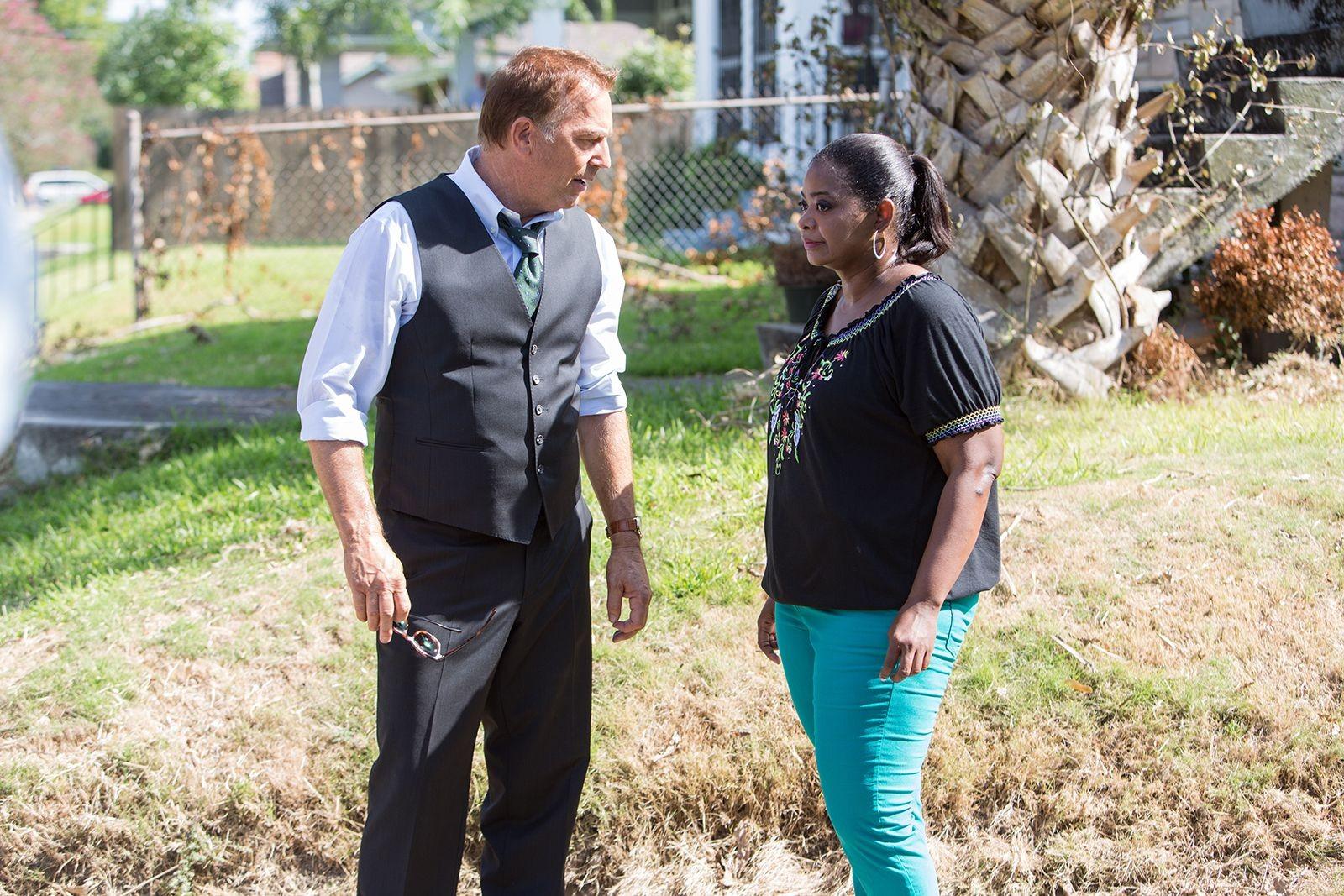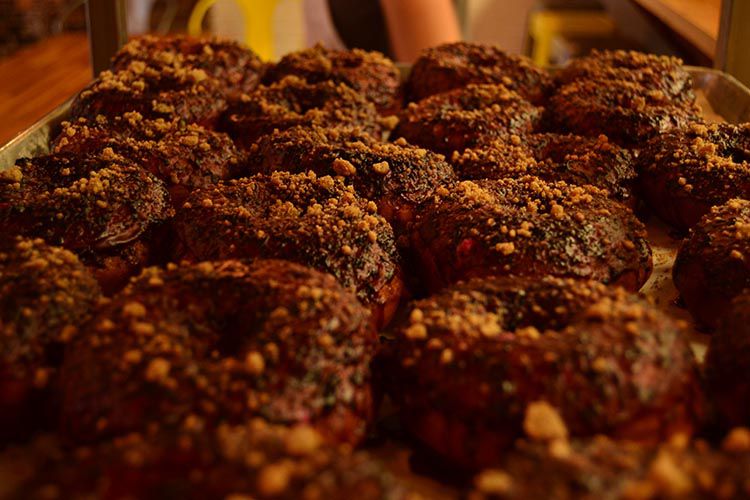While the fairy tale of the Royal Family, shaking moptops and suave accents have always weakened American knees to courtesy before Union Jack, it is Hollywood that twinkles through the London fog to endear the Earl Greys to America.
In his first major motion picture, My Week With Marilyn, Director Simon Curtis encapsulates the joy and conflict within this symbiotic relationship, exemplified when Marilyn Monroe first visited London to film The Prince & The Showgirl with Laurence Olivier in 1956.
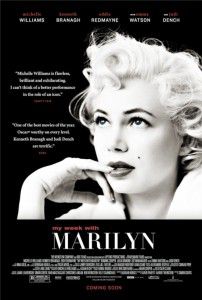
Based on two memoirs by Colin Clark, the third Assistant Director on the 1956 film who not only befriended, but fell in love with Monroe, My Week with Marilyn illuminates how small-town Norma Jeane struggled to live up to Olivier’s demands and the world’s expectations for Marilyn Monroe.
I recently sat down with Simon Curtis, an Englishman who, nearly fifty years after her death, is still in love with Marilyn Monroe. Yet, Curtis understands why Monroe (a convincing Michelle Williams) felt so alienated in his country and sought friendship in the young Colin Clark, portrayed by Eddie Redmayne in the film.
“England was rather a dark, dour place then, a country still recovering from the Second World War. And American glamour sort of arrived…and it was a massive event,” explains Curtis.
While the mass mania this divide caused distressed Monroe, the acting styles of Oliviers’ United Kingdom and the Monroe’s America also conflicted, resulting in temper tantrums from the Shakespearean actor (portrayed by a fantastic Kenneth Branagh) and prima donna behavior from Monroe.
“There was much more contrast between English arts and American arts then. Now, there’s scarcely an American TV show or film without an British leading actor and Americans comes to England to play Jane Austen.”
“But back then, there was a distinction between the British theatre way of acting, between the funny walks and moustaches and noses that Olivier represented, and the more psychological, Stanislavsky-influenced, method school of acting out of America [that Marilyn was working on] and this film epitomizes that clash in a way.”
Channeling the method art of Stanislavsky himself, Curtis painstakingly recreated the details of Monroe’s stay in London to personify her strife. For moments back dropped by the filming of The Prince & The Showgirl, Curtis filmed on the same Pinewood stage that Monroe and Olivier used. To capture Monroe’s sensitivity at its rawest, Curtis filmed in the same country home, Parkside House, where Monroe resided during filming.
“I have been developing this film for about eight years, but there were all kinds of extraordinary moments. Michelle did Marilyn’s Prince & The Showgirl dance on the same soundstage where Marilyn had actually done that dance.”
It should also be noted that Curtis, along with the brilliant cinematographer Ben Smithard, recreated the colors of Monroe’s world beautifully. Screens of Technicolor often light the scenes, bringing audiences even closer to 1956.
Yet, despite the effort needed for such replica, Curtis explains that, in fact, Marilyn was most challenging to reconstruct.
“What was most difficult to recreate was the fact that there were three Marilyns. There was the Marilyn as Elsie in The Prince & The Showgirl, there was the public Marilyn and then there’s the private Marilyn…and there were tasks to recreate each of them.”
Despite the strife that Monroe experienced in London, My Week with Marilyn portrays Monroe’s stress and vices as vulnerabilities, rather than dark sides, demonstrating Curtis’ – and Colin Clark’s – affection for Monroe.
“We weren’t necessarily trying to “repair” Marilyn’s image, but we had uncovered an interesting new truth about Marilyn and we wanted to give her the benefit of the doubt. I have a lot of sympathy with Marilyn. She had a very tough upbringing and I have a lot of sympathy with a woman trying to do her best in difficult circumstances.”
Along with Curtis, the rest of the world, both in 1956, and now, remain captivated by Monroe.
“I think she was a prototype celebrity both for her performances and for her life. We take that for granted now, we read about Brad and Angelina all the time. “
“But she was ahead of her time, whether it was deliberate or not, there was always a marriage or an affair or a photo call as well as the acting [to attract a crowd]. I think that she somehow instinctively knew how to be talked about.”
And while no one, not the British nor the Americans nor Colin Clark nor Simon Curtis will ever know the true Monroe, which portions were Norma Jeane and which were Marilyn, nor how much she suffered by Olivier and was exalted by Colin Cark during The Prince & The Showgirl, Curtis hopes that he came close.
“I hope she would think that we did her justice. I hope she would think “that’s the real me, that’s what I’m like.”
Yet, despite all that is revealed in My Week with Marilyn, Monroe’s mystique will continue to swirl through London Fog and Hollywood smog, evading and enchanting us for years to come.

